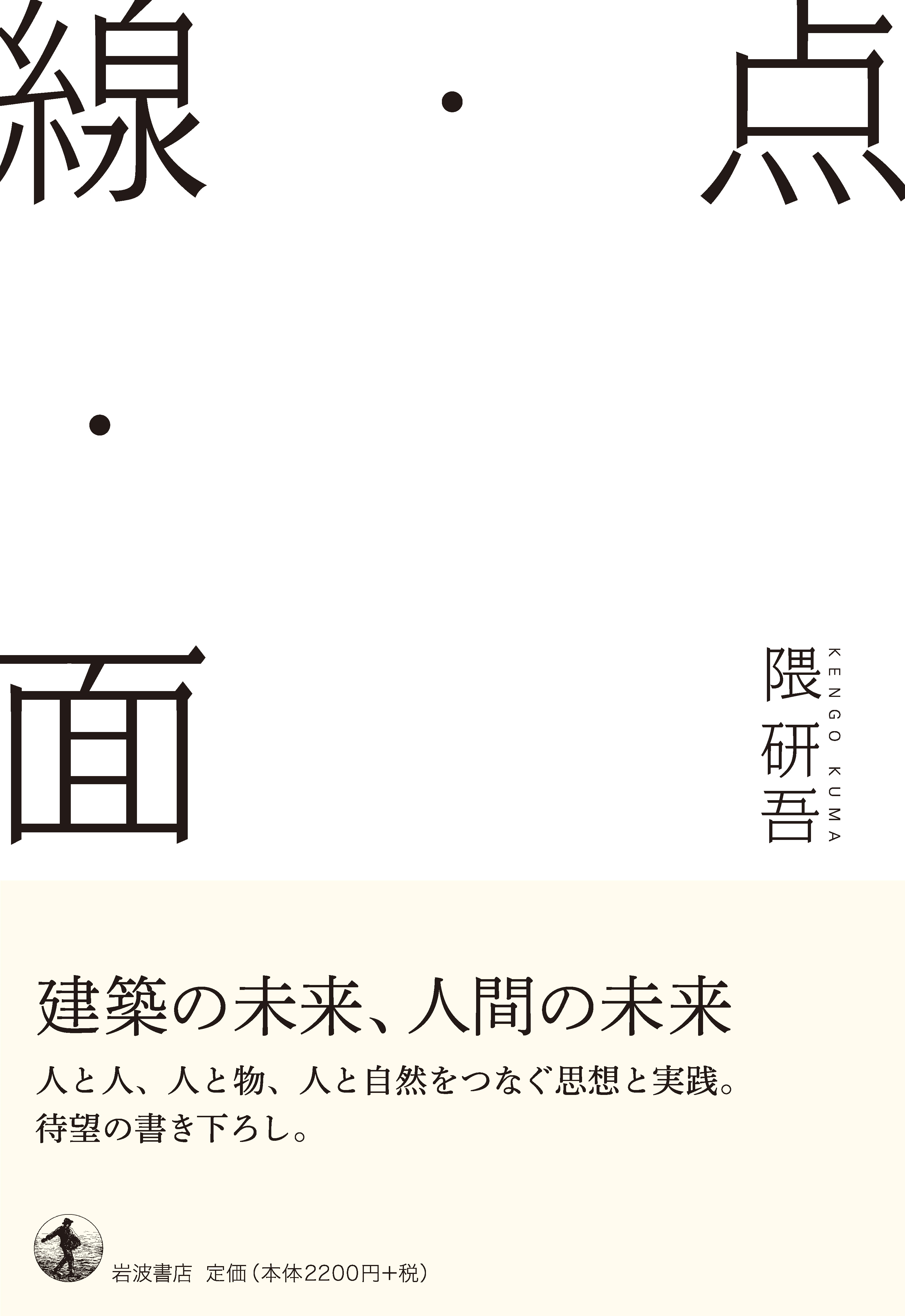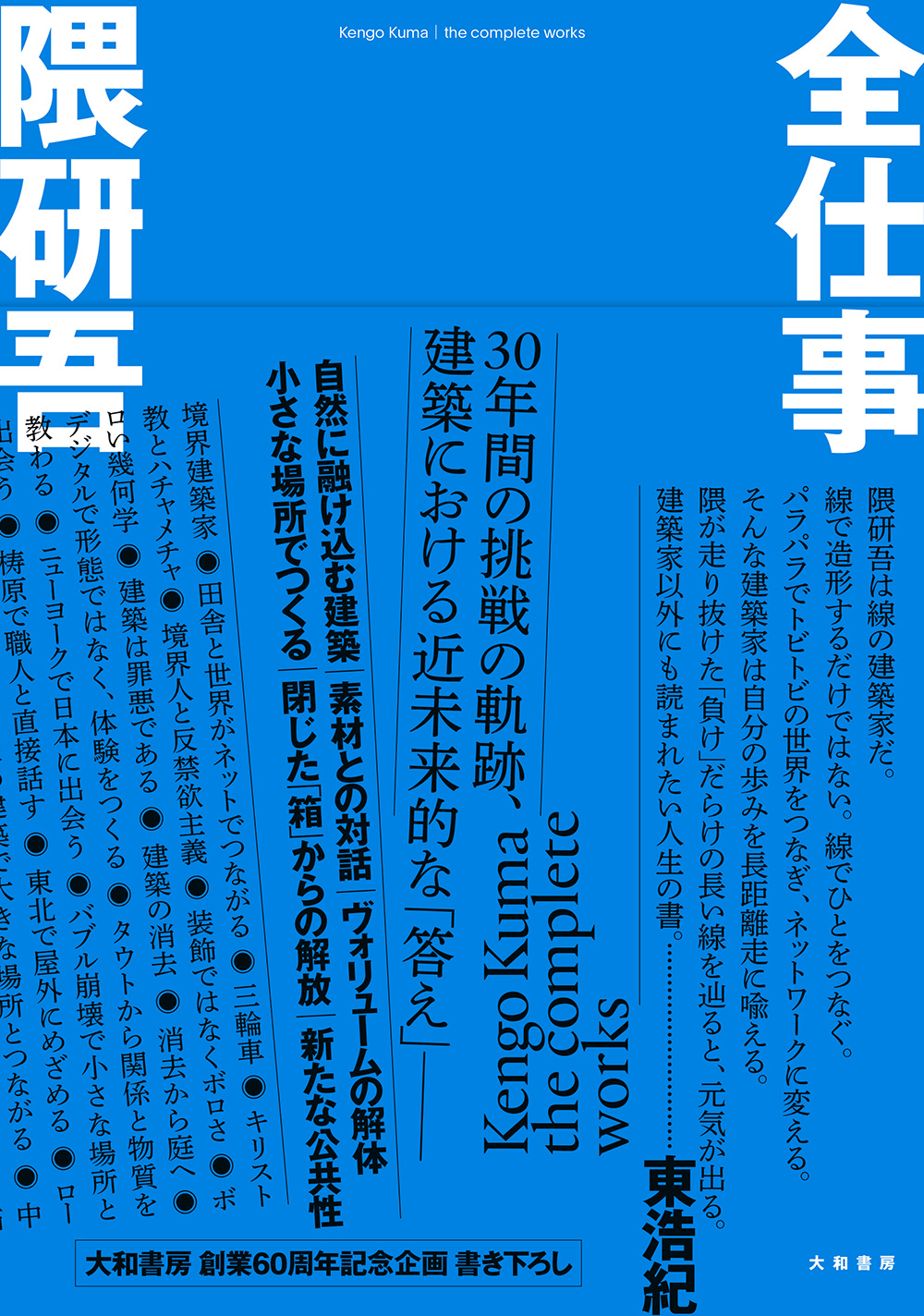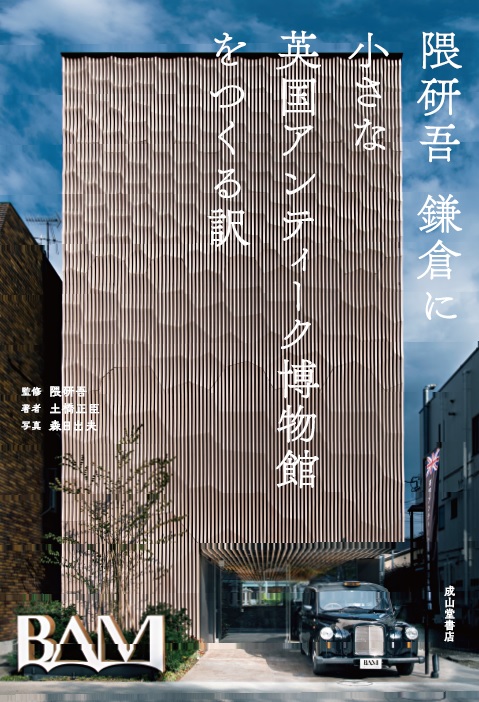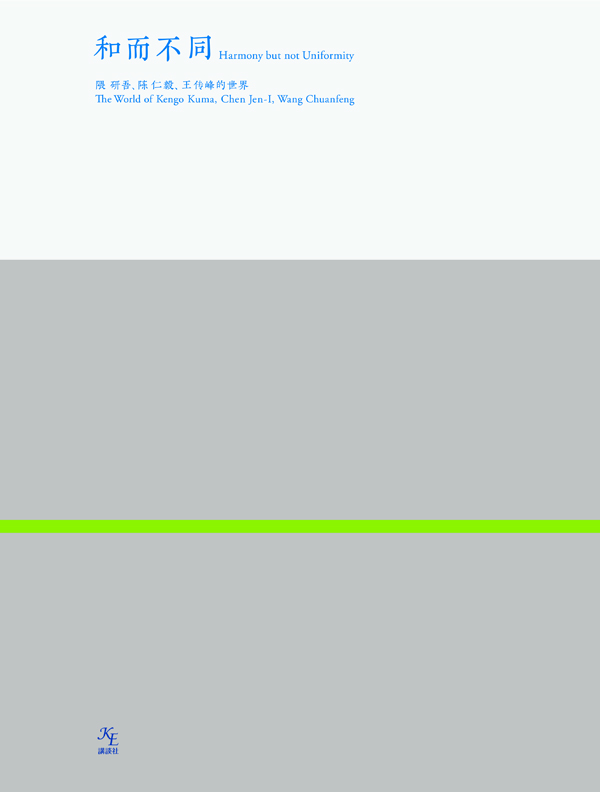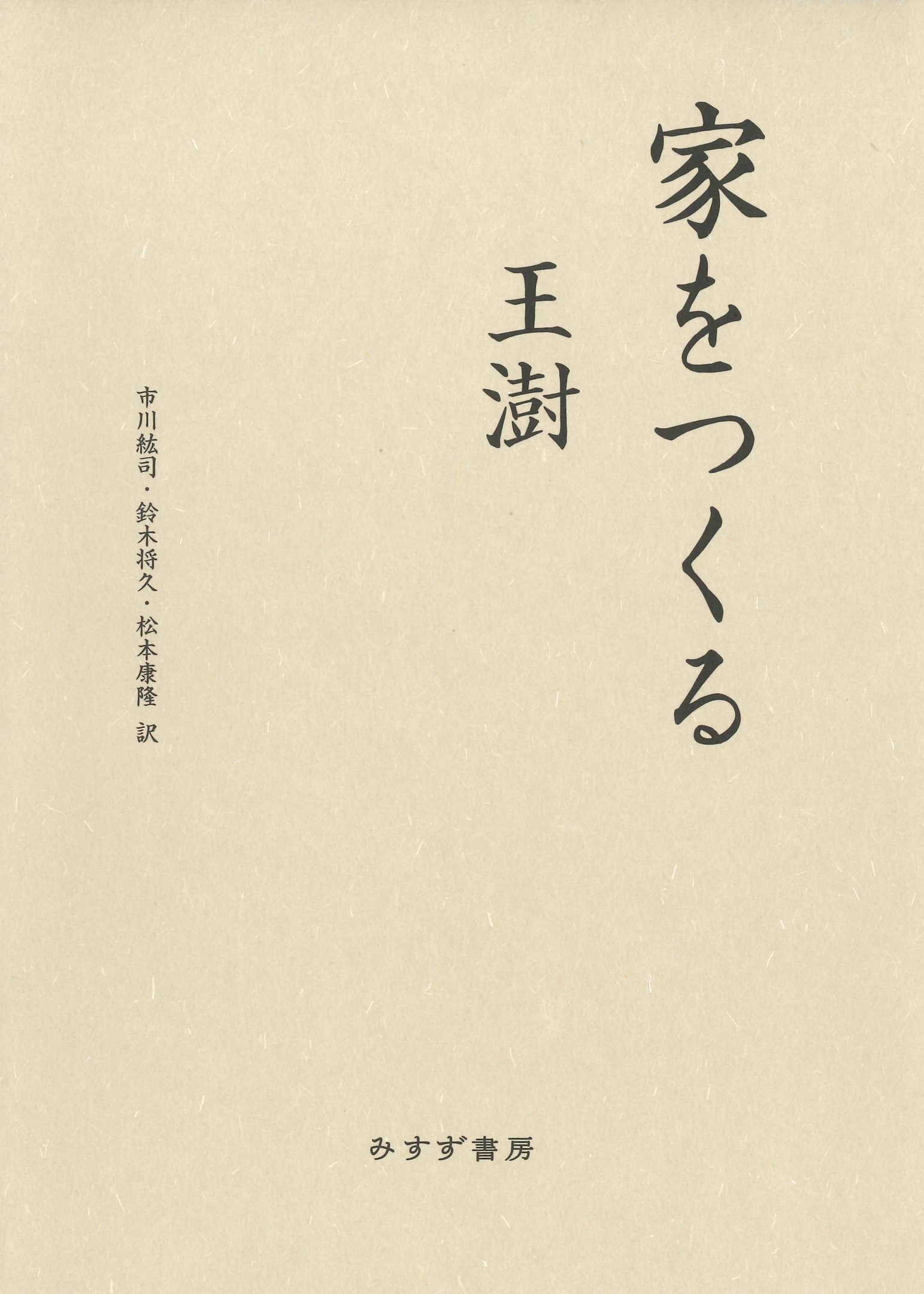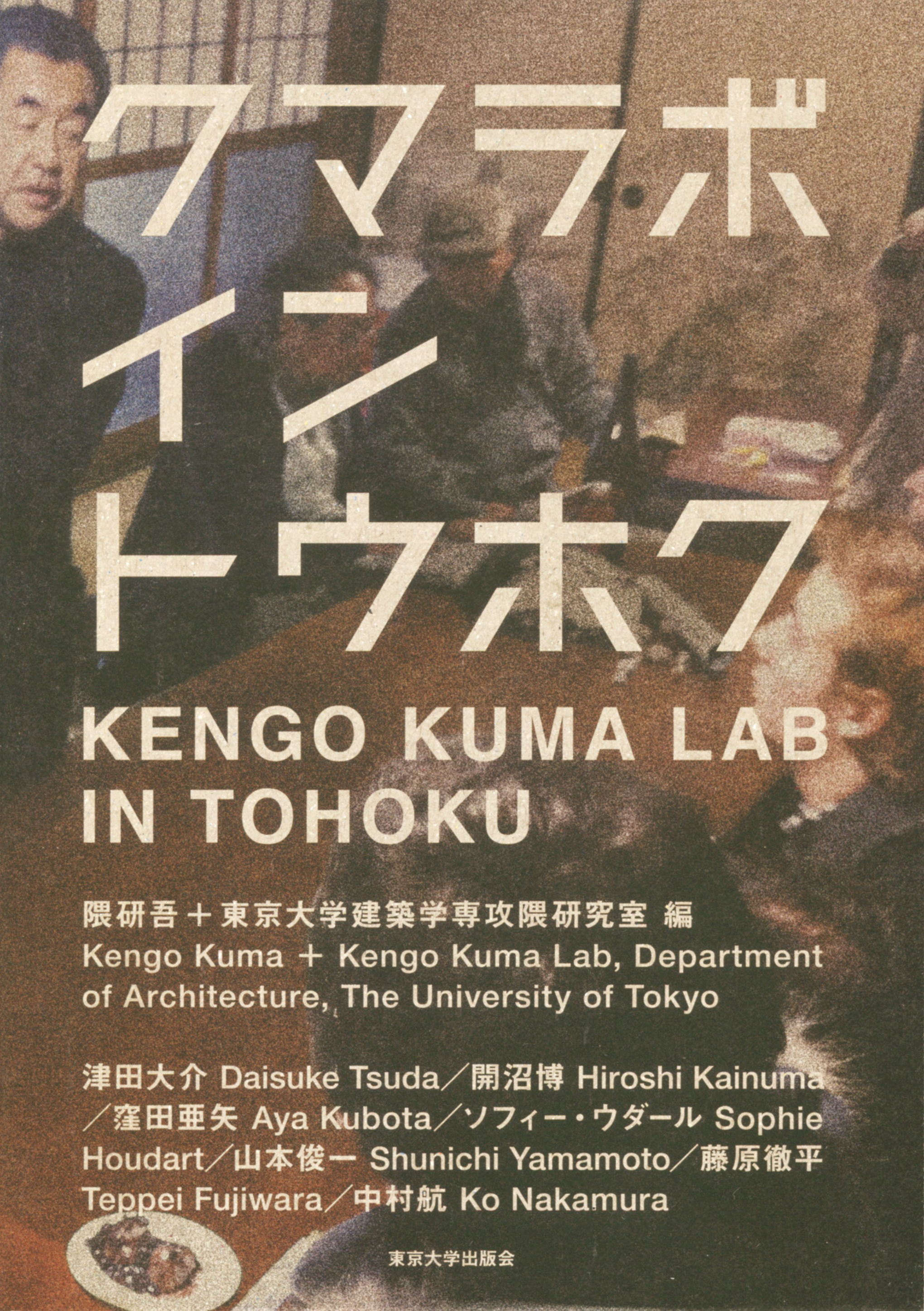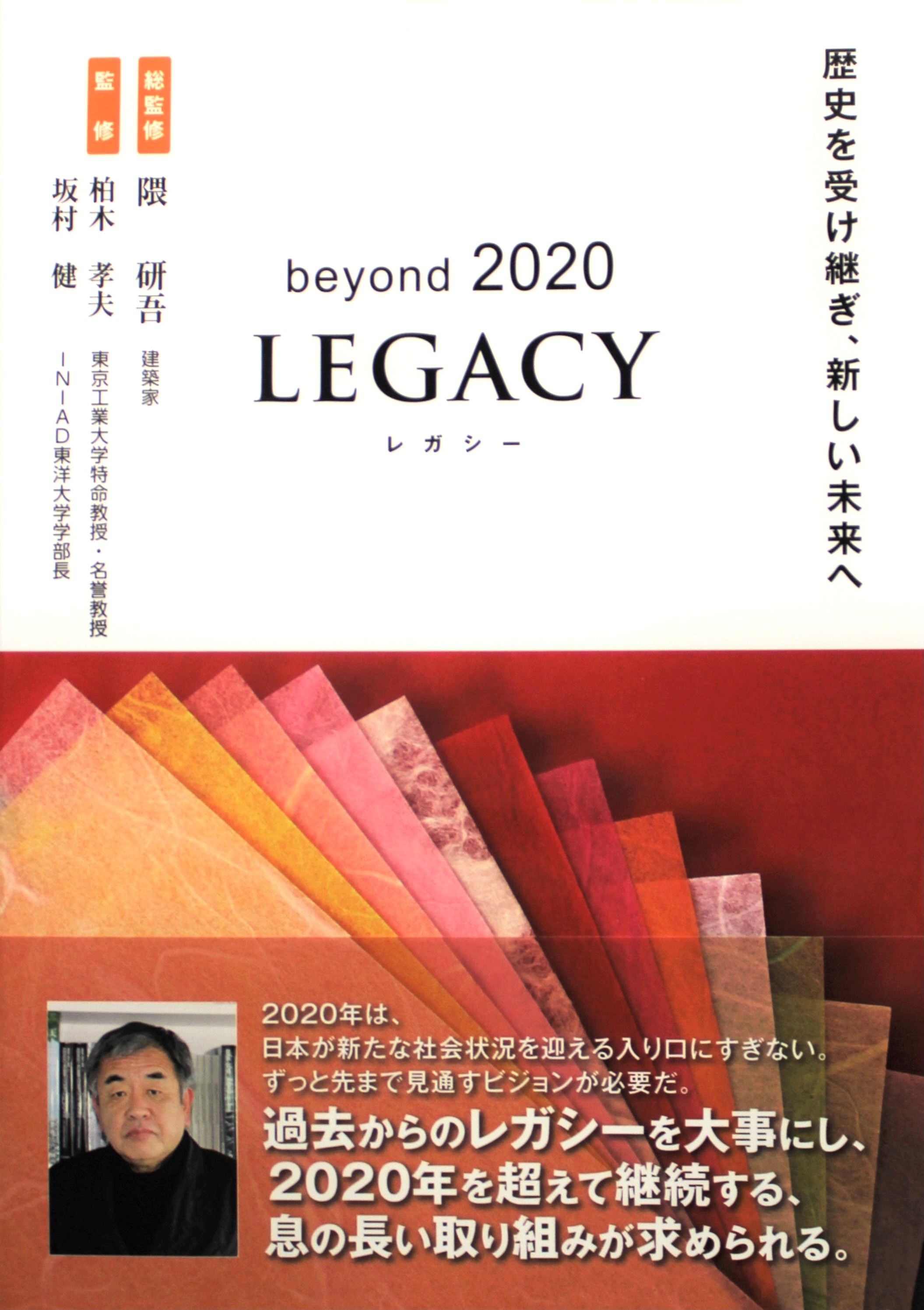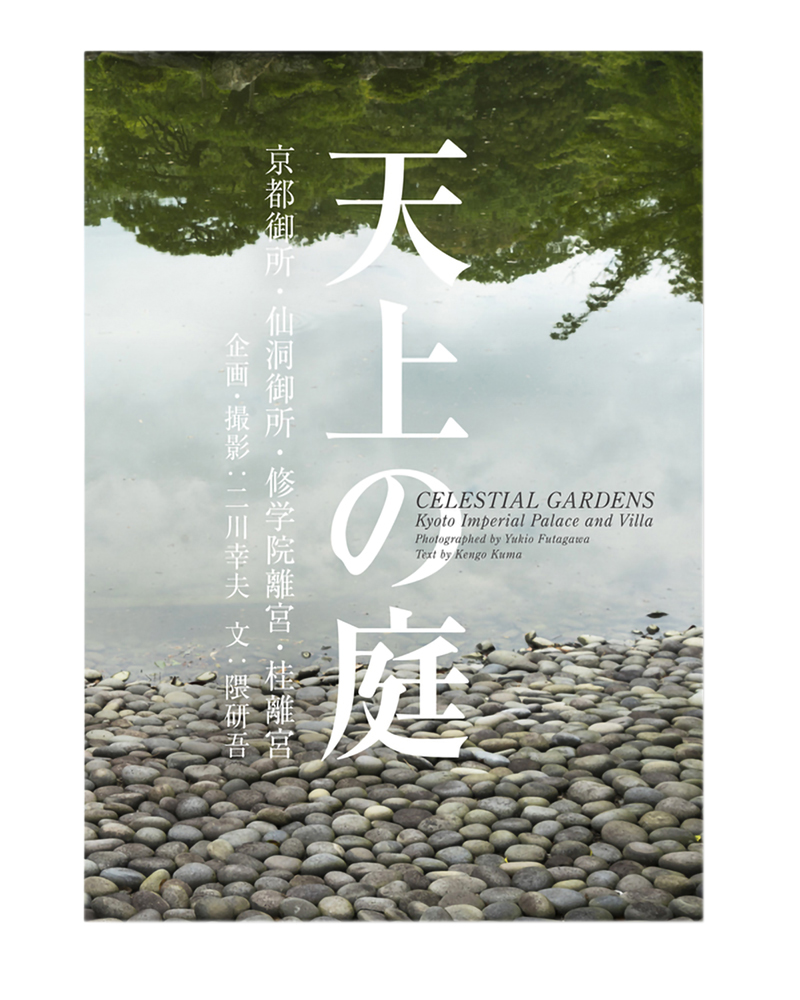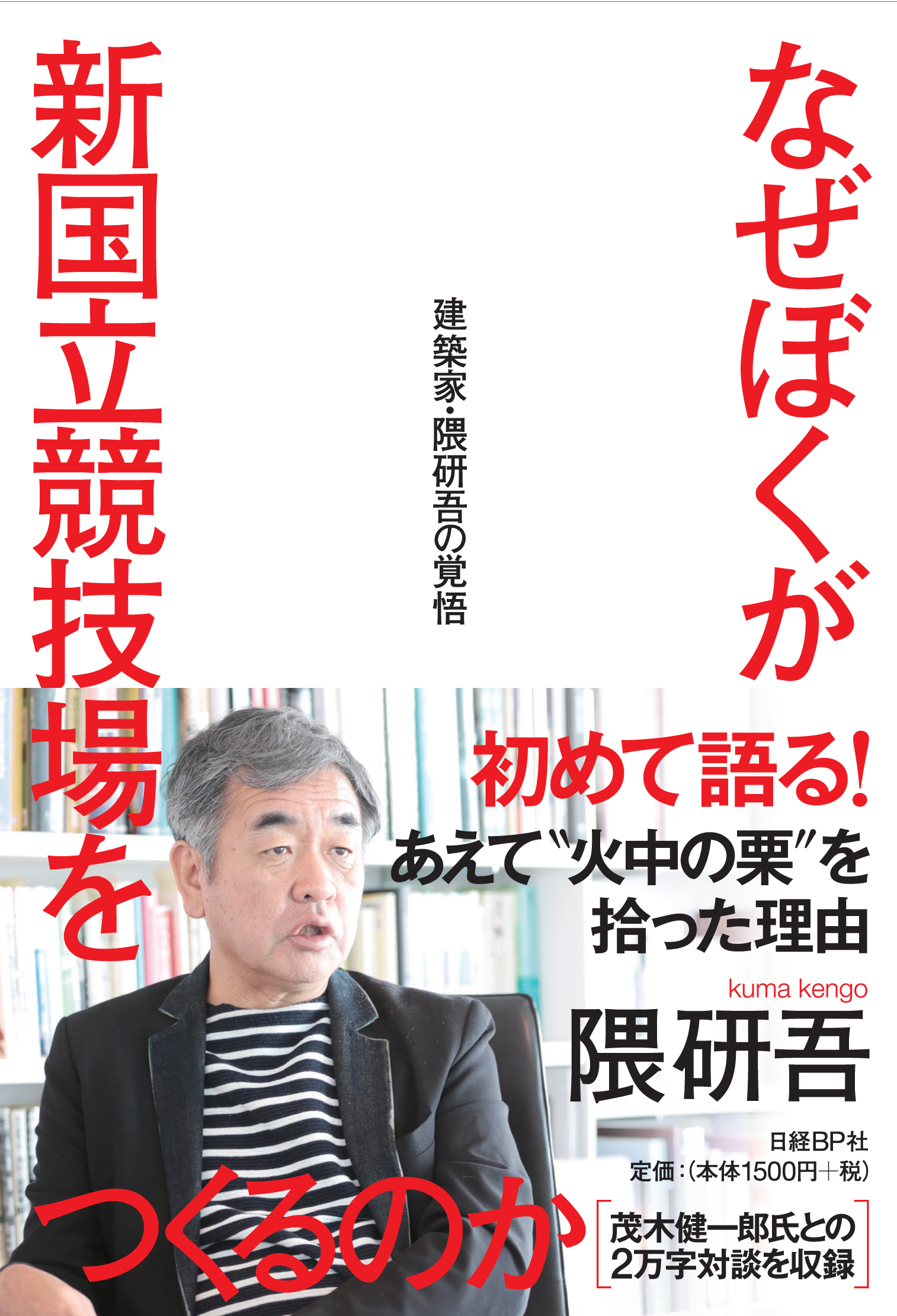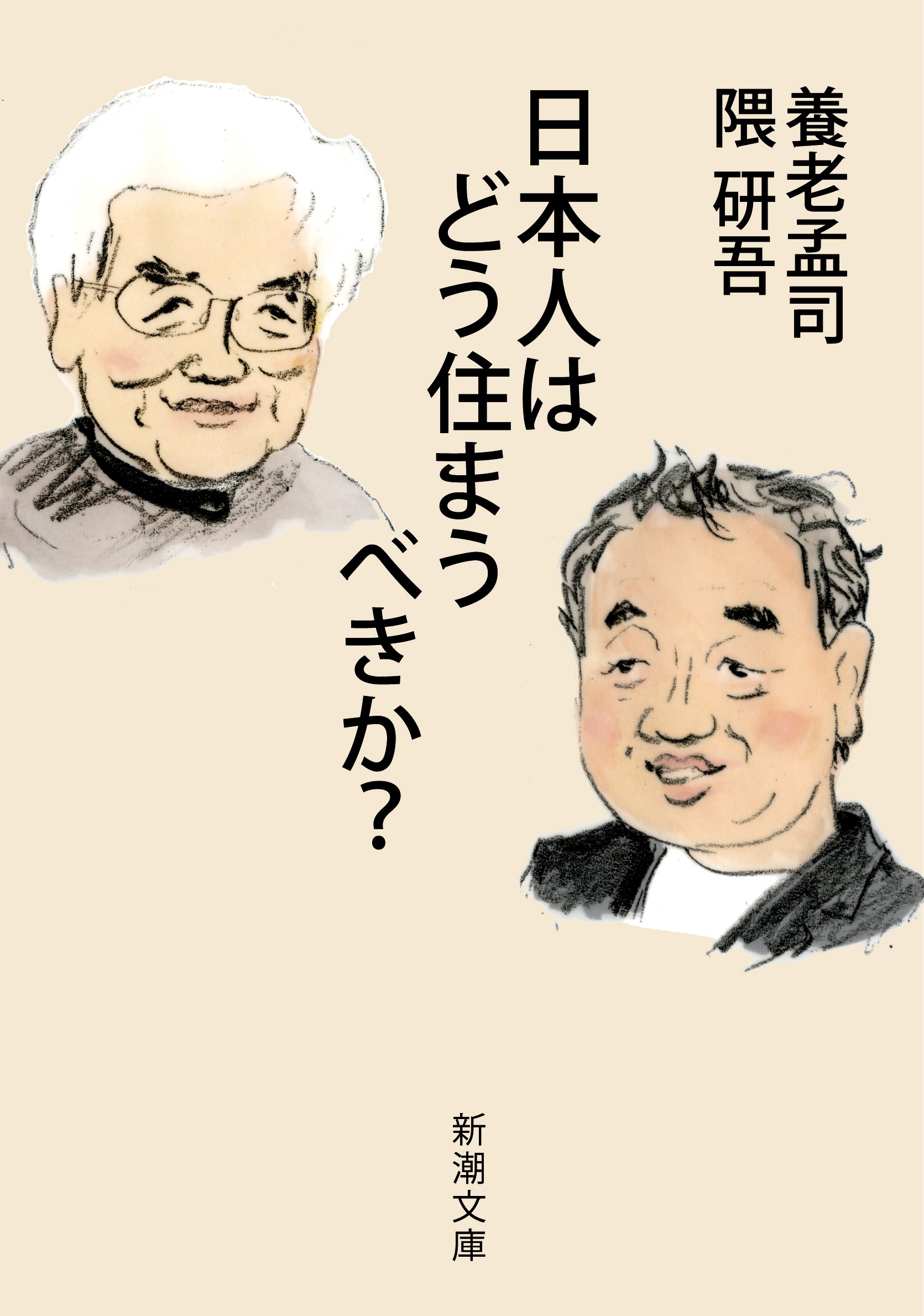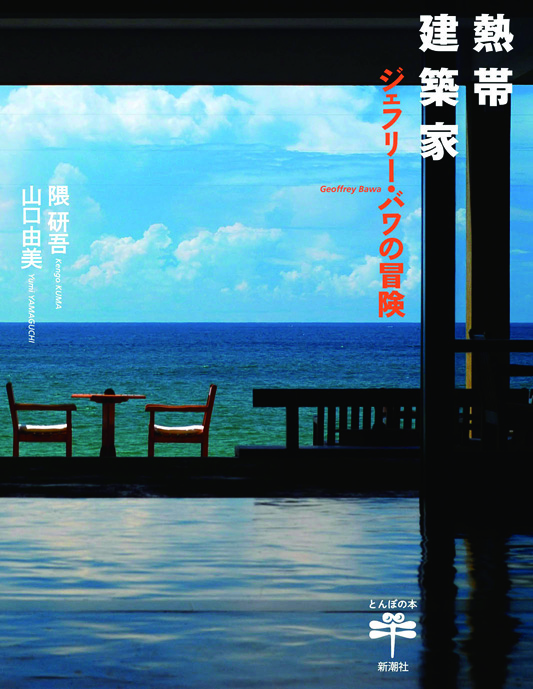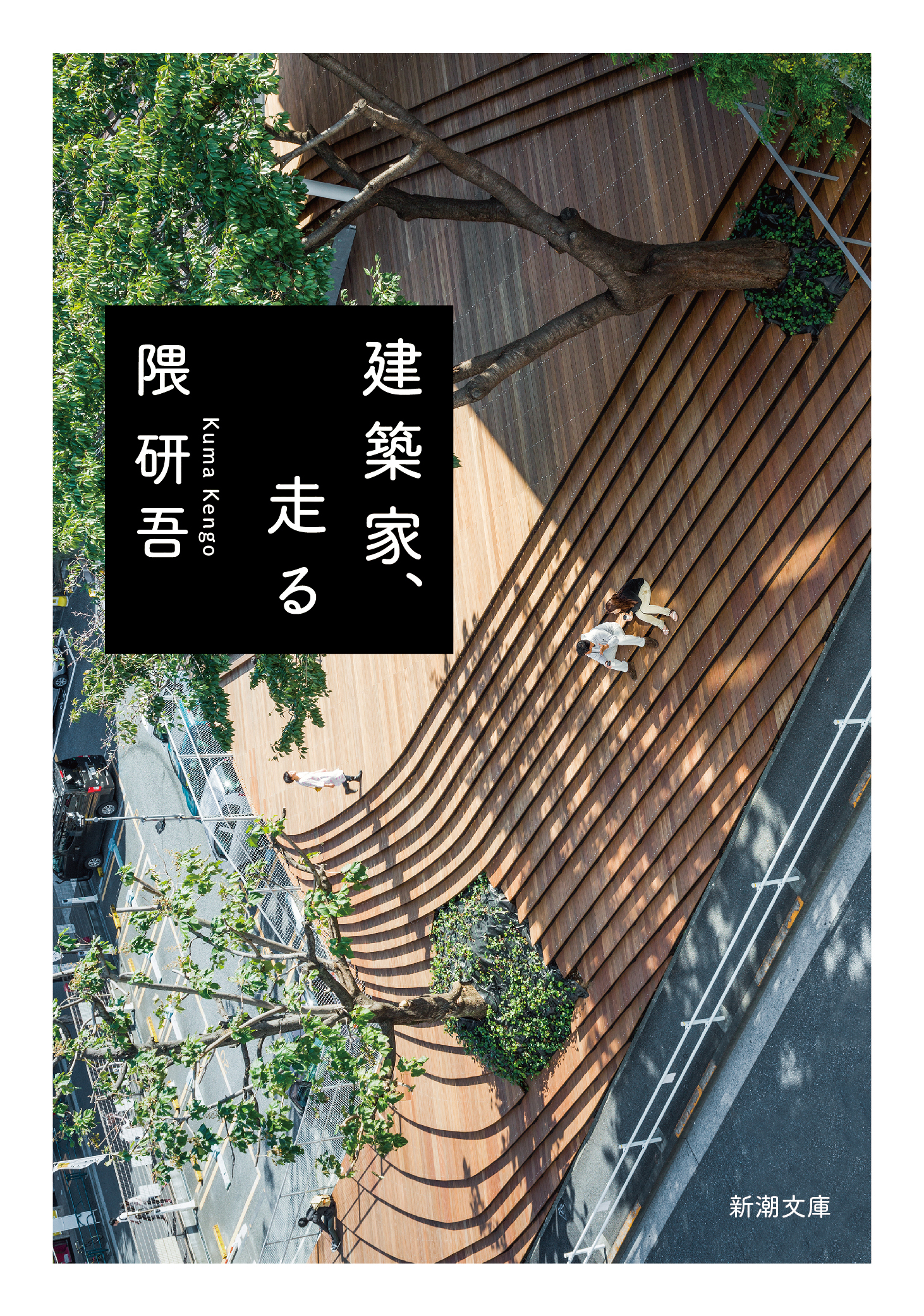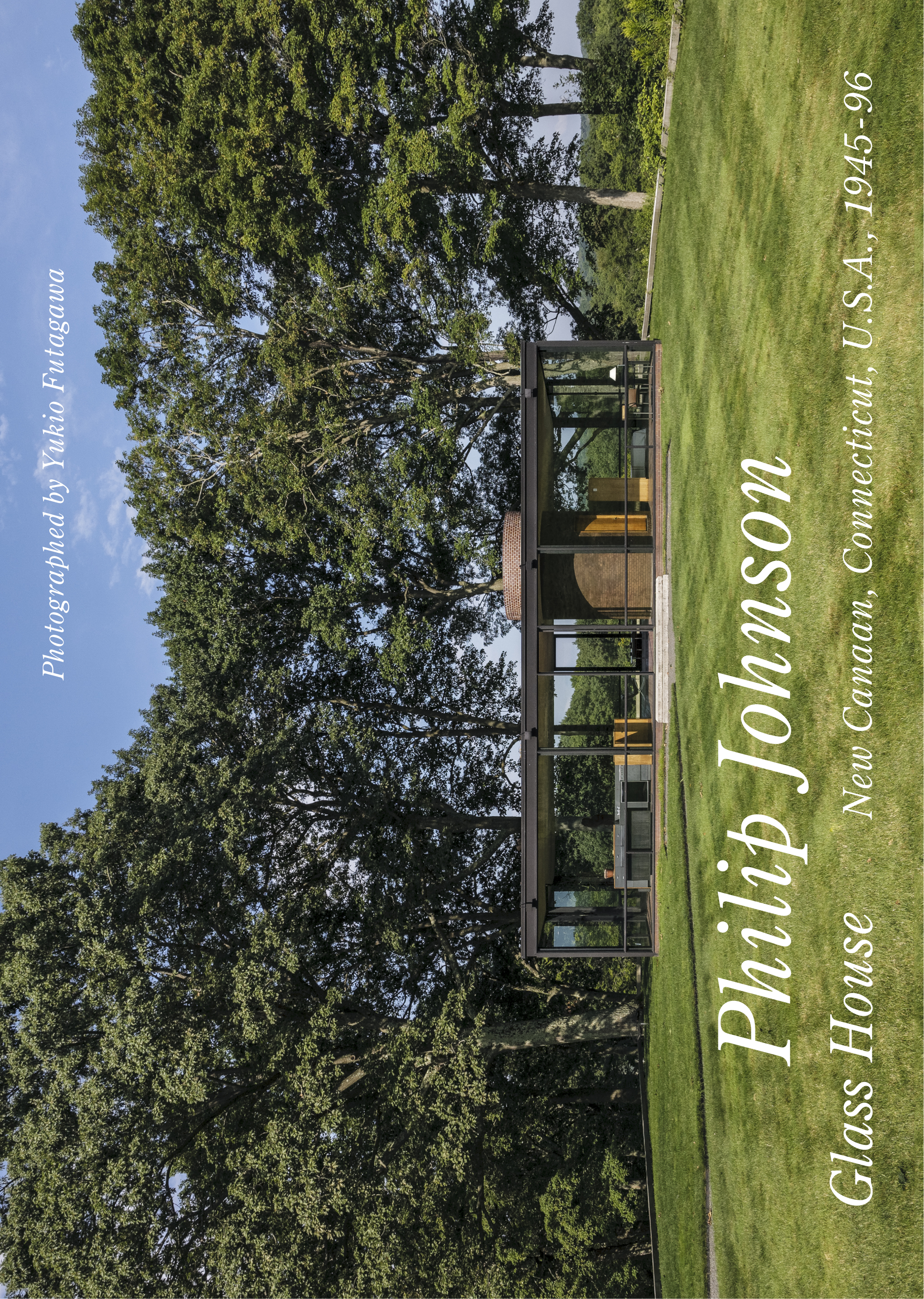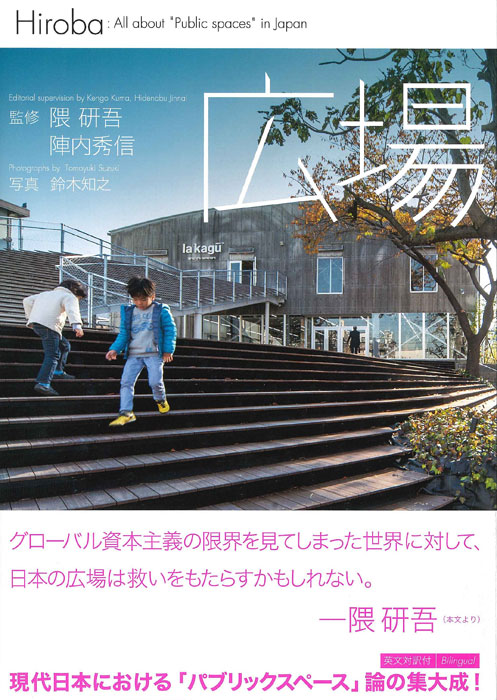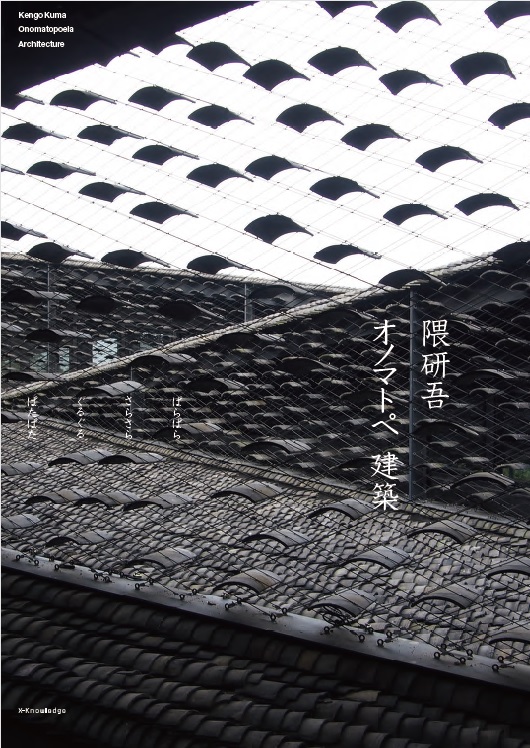
Title
Kuma Kengo Onomatopoeia Kenchiku (Kengo Kuma Onomatopoeia Architecture)
Size
192 pages, B5 format
Language
Japanese
Released
September, 2015
ISBN
9784767820521
Published by
X-Knowledge Co.,Ltd.
Book Info
See Book Availability at Library
Japanese Page
I’m often asked how I handle preliminary project meetings at my design office. I try not to get into nonsensical idealism or Zen koans, and I definitely don’t give lectures. Most preliminary meetings are dominated by meaningless talks and elementary primers on the essence of architecture, given by the superiors to their subordinates. To avoid such waste of time, at my office, we dedicate ourselves to first placing models of several options on a table, which gets the conversation going into specifics right away and steers clear of lecturing and idealism. Having multiple options also keeps discussions from getting too heated. The table at my office can seat five to six people comfortably, but it’s nice when everyone crowds around it, standing next to each other, because it brings us together. People often stay standing through the entire discussion. The architect Fumihiko MAKI used to say that the ideal number of people in a design office is a multiple of five, because starting at five and going up from there means that your discussions have to be efficient.
And what are our discussions like? In many cases, they mostly consist of onomatopoeia: “It’s not parapara (spaced out/see-through) enough”; “the gizagiza (jaggedness) is too harsh”; or “it’s too tsuntsun (acute).”
There are almost no other instances where onomatopoeia is used to describe architecture, even in related books and papers. Phrases like “it feels transparent,” “it’s light and breezy,” or “[the elements] are clearly articulated” are common, but even with “transparency” alone, there are all kinds. It could be the parapara (see-through) kind or the fuwafuwa (fluffy) kind. By itself, “transparency” does not constitute a serious design theory at all.
I suppose this means you could say that texture in architecture has become very important. After all, to use the example of “texture,” the vocabulary used to extend no further than “it’s got texture” and “it doesn’t have any texture,” which is as good as saying nothing at all. That’s why we let loose with onomatopoeia at my office, unafraid of being criticized for sounding like kindergarteners.
While onomatopoeia exists in all of the world’s languages, it has been pointed out that Japanese is particularly rich in this regard. I suspect that Japanese architecture capturing a unique position in the field globally might be related to the richness of onomatopoeia in the Japanese language.
(Written by KUMA Kengo, Professor, School of Engineering / 2020)



 Find a book
Find a book


